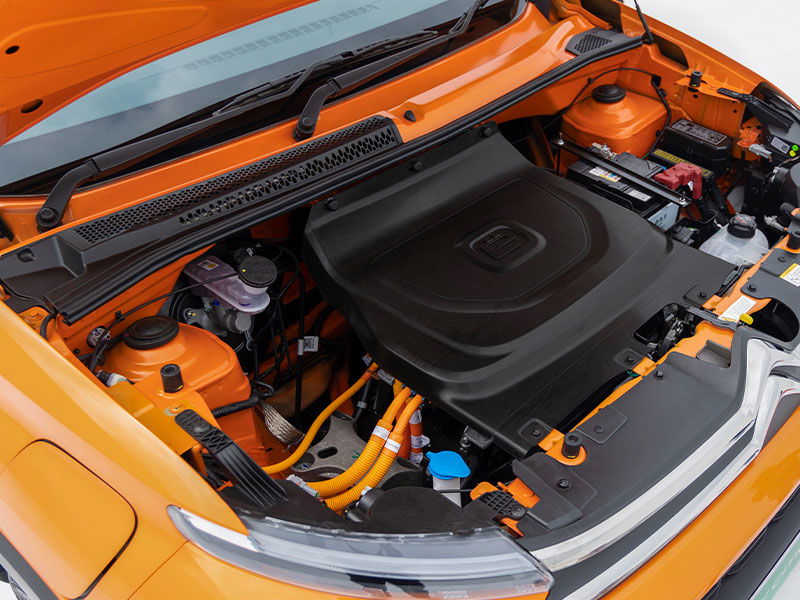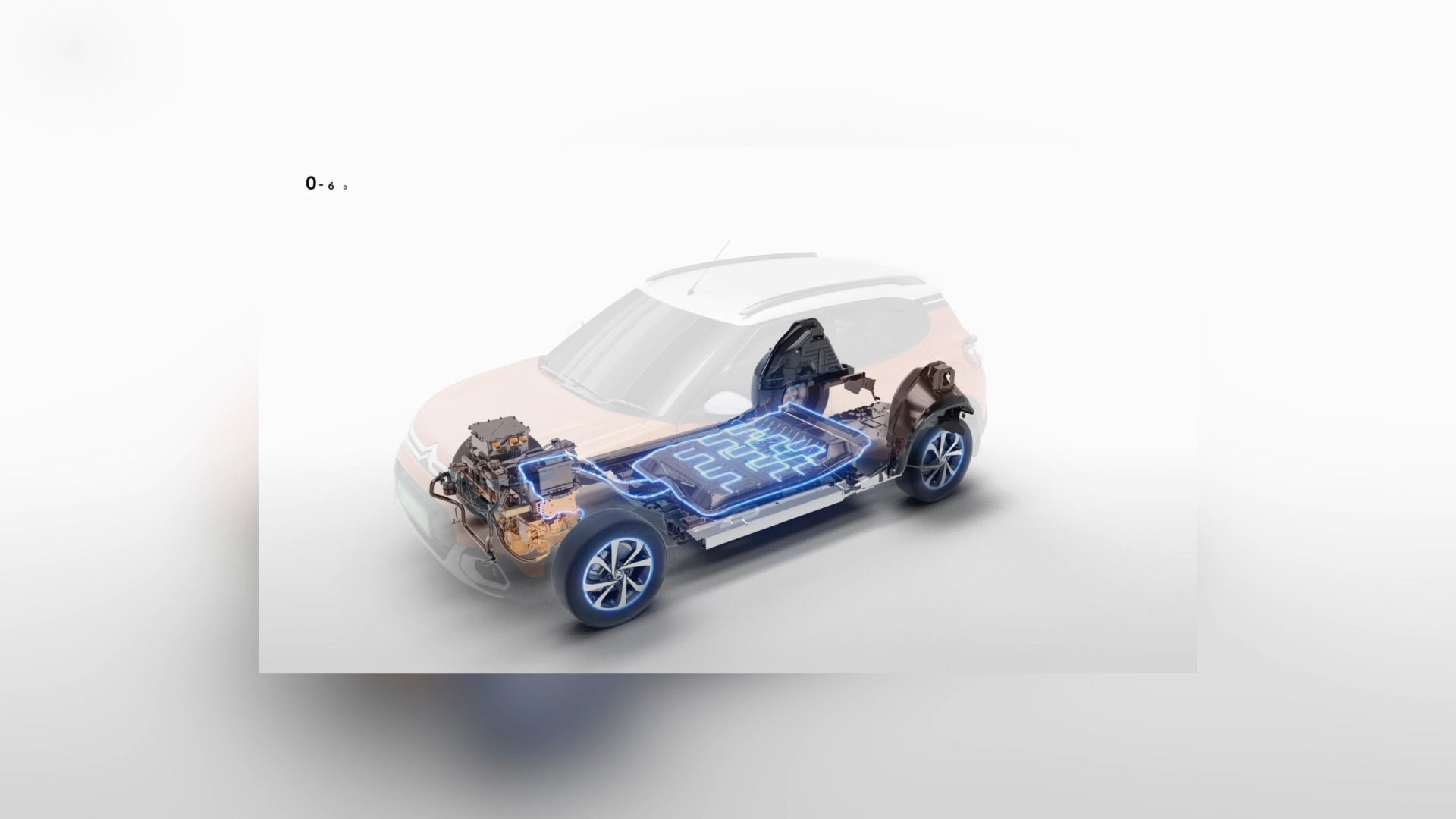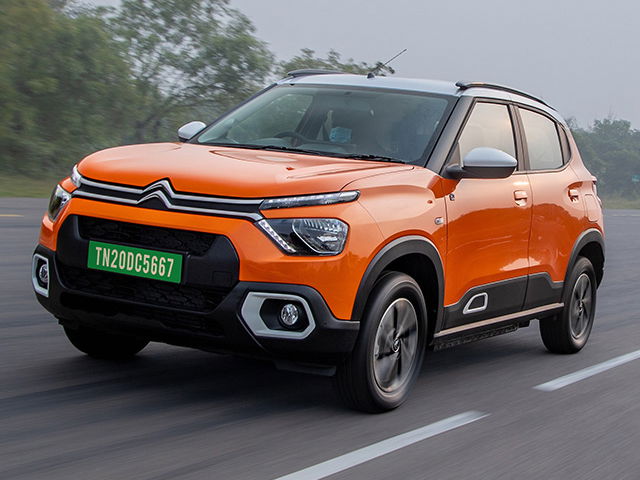Citroen’s electrified C3 will deliver an excess of 186 miles of range on a full charge
Citroën is set to enter the affordable EV market this October with a battery-powered version of its updated C3 range, and the car looks rugged enough to make itself comfortable on Nigerian roads.
The ë-C3 will be priced at "below €25,000" in the automaker’s home country France and around £25,000 (around ₦22 million) in the UK.
This move represents a significant effort by the Stellantis group to address the issue of affordable EVs. While European manufacturers have focused on high-value EVs, Chinese companies have made progress with larger-scale, low-cost EVs that will ultimately be necessary in the market.

The ë-C3 will be part of a broader range that also includes ICE models, but Citroën has emphasized that the EV version will be the primary offering in its B-hatchback range.
The vehicle will be based on a platform that the company claims is "BEV-native" and will come fully equipped with features like air conditioning and electric windows. The new C3 will retain the major dimensions of the current ICE C3.
The Citroen E-C3 EV Uses The Smart Car Platform

The upcoming ë-C3 will share a close connection with the C3 model released in India last year before being introduced to South America.
This car is built on the Smart Car platform, an adapted and improved version of the widely-used CMF-B assembly, as confusingly named by Stellantis.
While Citroën has not yet disclosed technical specifications, it has indicated that the ë-C3 will measure approximately four meters in length, offer modern comfort features, and have a range of over 186 miles.
Citroën has emphasized the significance of the C3 model to its range, with over 5.5 million units sold since its launch in 1993. Now, the company appears to be adjusting its sight on expanding its global footprint.
The newly-appointed CEO of Citroën, Thierry Koskas, who also serves as the sales and marketing chief of the Stellantis group, has stated that the new C3 will have a simplified range with three levels, each offering a maximum of five options.
Citroen E-C3 Price

According to Koskas, this simplified range will make it easier for buyers who often struggle with the complexity of numerous options. It will also streamline the production process at Citroën's facility in Slovakia.
In addition to this, Koskas plans to offer fair price transparency, reducing the need for discounts, although he acknowledges there will still be some room for negotiation.
He believes that maintaining prices close to the quoted levels is a matter of discipline. While there is no information on the launch date or pricing, the ë-C3 is expected to be available in the UK shortly after its release in France.
Can Citroën Lead Europe’s Answer To Cheap China?

Recent concerns have centered on the possibility that European automakers could focus solely on producing costly EVs, allowing their competitors, primarily Chinese companies, to dominate the low-end EV market before gradually moving into more expensive segments at their leisure, an economical and marketing strategy that might just leave its western counterparts looking in from outside.
As such, Citroën's upcoming launch of the ë-C3 is a surprising but welcome move in the fight for market share. The new vehicle, a European-made and affordable EV, will bolster the limited selection of small European EVs, including the Renault Zoe, which it significantly undercuts in price.
This move is an ideal opportunity for Citroën to revitalize its marketing efforts and gain a competitive edge in the modern car market. The creators of the iconic 2CV, produced from 1948, would undoubtedly be proud of Citroën's innovative approach.